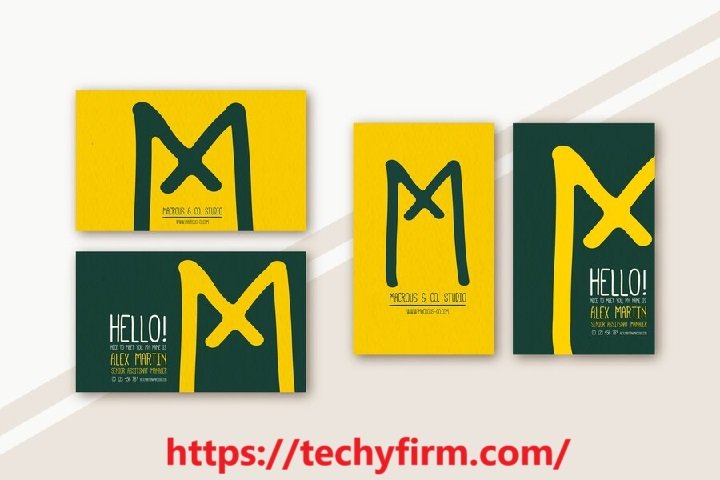Introduction
MangoAI.Com is an progressive platform that leverages synthetic intelligence to revolutionize content cloth advent, specially in video manufacturing. It offers a set of AI-driven gear designed to simplify and enhance the machine of creating attractive films and animations. This complete manual delves into the abilities, advantages, and applications of MangoAI.Com, presenting valuable insights for content creators, entrepreneurs, educators, and organizations on the lookout for harnessing AI for his or her media needs.
Overview of MangoAI.Com
MangoAI.Com is part of the Mango Animate suite, a fixed AI-powered gear aimed toward democratizing video and animation introduction. The platform is designed to be client-great, allowing human beings with various degrees of technical recognition-a way to offer first-rate films correctly. By automating complex elements of video production, MangoAI.Com lets in customers to be aware of creativity and storytelling.
Key Features of MangoAI.Com
MangoAI.Com gives a numerous array of abilities tailored to satisfy the dreams of cutting-edge-day content cloth creators:
1. AI Video Generator
The center feature of MangoAI.Com is its AI Video Generator, which transforms text and pix into dynamic movies providing AI avatars. Users can input a script or select images, and the AI seamlessly generates a video with synchronized voiceovers and animations.
2. Talking Photo
This function breathes existence into static pix with the resource of animating facial abilities to create speaking pics. It’s mainly useful for growing attractive content material from portrait images, making them look like they’ll be talking.
3. Text-to-Animation
MangoAI.Com’s Text-to-Animation tool converts textual content into lively motion pics. By inputting text, users can generate animations that efficiently carry their messages, improving audience engagement.
4. Video Face Swap
The platform’s Video Face Swap function permits clients to update faces in films effortlessly. This device is proper for modern obligations, parody movies, or custom designed content material cloth cloth, offering an amusing and progressive way to customize films.
5. AI Photo Editor
Beyond video introduction, MangoAI.Com includes an AI Photo Editor that complements picture exceptional, gets rid of backgrounds, and applies numerous consequences. This feature ensures that visuals utilized in movies are polished and professional.
Benefits of Using MangoAI.Com
Utilizing MangoAI.Com gives several benefits:
- User-Friendly Interface: The platform is designed for ease of use, permitting humans without technical knowledge to create expert movies
- Time Efficiency: AI automation speeds up the video manufacturing manner, permitting brief turnaround times for content material advent.
- Cost-Effective: By decreasing the want for big assets and specialised employees, MangoAI.Com offers a price range-excellent solution for remarkable video manufacturing.
- Customization: Users have access to some templates, avatars, and voice options, bearing in mind tailored content material material that aligns with precise branding or messaging dreams.
Applications of MangoAI.Com
The versatility of MangoAI.Com makes it suitable for various applications:
1. Marketing and Advertising
Marketers can create compelling promotional movies, classified ads, and social media content material that seize interest and strength engagement. The platform’s gear permit the manufacturing of visually attractive content material cloth that resonates with cause audiences.
2. Education and Training
Educators and strolling shoes can expand instructional movies, tutorials, and e-mastering substances that facilitate effective mastering. The functionality to animate content cloth and encompass AI avatars enhances the educational revel in.
3. Entertainment
Content creators within the enjoyment enterprise employer can produce active testimonies, track movement photographs, and interactive media. MangoAI.Com’s features manual present day expression and innovation in storytelling.
4. Corporate Communications
Businesses can appoint the platform for internal communications, which includes training movies, employer announcements, and suggestions. The professional niceness of the movement snap shots ensures clean and powerful communique interior organizations.
Comparative Analysis of MangoAI.com’s Features
To provide a clearer understanding of MangoAI.com’s offerings, here’s a comparative analysis of its key features:
| Feature | Description | Benefits |
|---|---|---|
| AI Video Generator | Converts text and images into videos with AI avatars. | Simplifies video creation; produces engaging content quickly. |
| Talking Photo | Animates static images to create the illusion of speech. | Enhances engagement; transforms photos into dynamic content. |
| Text-to-Animation | Transforms textual content into animated videos. | Makes information more digestible and visually appealing. |
| Video Face Swap | Allows users to replace faces in videos seamlessly. | Enables creative customization; useful for personalized content. |
| AI Photo Editor | Enhances image quality and offers editing tools. | Ensures visuals are polished; supports overall content quality. |
User Testimonials
Users have praised MangoAI.Com for its revolutionary technique to content material advent:
- John R. Mitchell, Marketer: “Generating a customised digital avatar with only a portrait picture, and the use of AI voice, saved me time and belongings.”
- Angela D. Carter, Teacher: “Making AI-generated films is less complicated than I predicted. With this AI video generator, I can produce attractive AI animations and movies at a variety-excellent price.”
- Brian S. Reynolds, Designer: “Creating AI movies from static snapshots has in no way been more amusing! Mango AI turns snapshots into engaging AI movies with speaking avatars.”
Conclusion
MangoAI.Com stands at the leading edge of AI-pushed content material fabric material introduction, presenting a powerful and person-satisfactory platform for humans and businesses looking to supply terrific films and animations. With capabilities like AI Video Generation, Talking Photos, Text-to-Animation, and Video Face Swap, MangoAI.Com simplifies the contemporary system, making it to be available to clients of all competencies stages.





